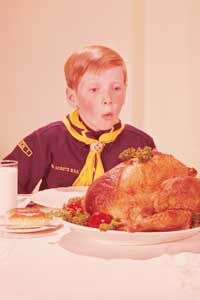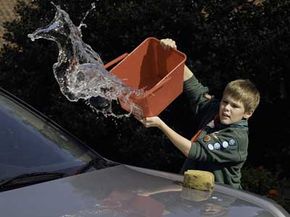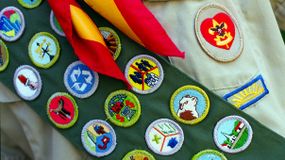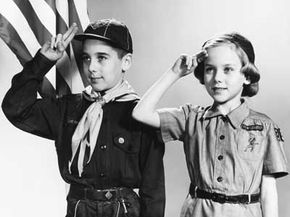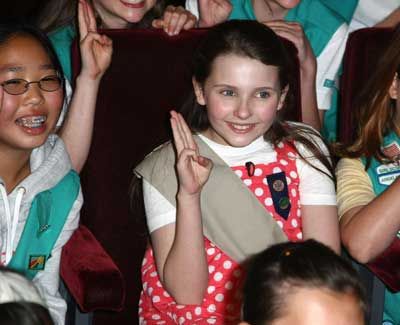In 1909, Chicago publisher W.D. Boyce was visiting London when he learned about the scouting movement. Robert Baden-Powell, a British general, had established scouting in England two years prior. Boyce brought the scouting idea home to the United States, where he established the Boy Scouts of America in 1910.
At the time, many people were concerned about the population movement away from farms and rural life. Some people believed that as more of the population moved into towns and cities, the children of the day would lose important skills. If kids weren't spending time outside, as their parents had, it was feared that knot tying, tree climbing and other hallmarks of childhood would disappear.
Advertisement
The YMCA was an early supporter of programs that encouraged mental, social, physical and religious development in young men. There were two other groups that focused on these ideals -- the Woodcraft Indians and the Sons of Daniel Boone. Other smaller clubs were scattered across the country as well. In 1910, these clubs were brought under the umbrella of the Boy Scouts of America. The original intent of the Boy Scouts of America, as stated in the articles of incorporation, was to teach patriotism, courage, self-reliance and kindred values. This mission has been updated over the years, and the current mission of the Scouts is: to prepare young people to make ethical and moral choices over their lifetimes by instilling in them the values of the Scout Oath and Law.
The motto of the Boy Scouts is, "be prepared", and the Boy Scouts of America aims to prepare young men for the future. The youngest scouts join the Tiger Cubs -- a group for boys in the first grade. They participate in club activities with an adult volunteer, typically a parent. The Cub Scouts is for boys from second to fifth grade. Ninety-five percent of Boy Scouts participated in the Cub Scouts when they were younger. Boy Scouts is for boys who are at least 11 years old and not older than 17.
There are two other groups of scouts: Varsity Scouts are aged 14 to 17 and they participate in adventure sports. Venture Scouts is open to boys and girls from the age 14 to 20. In Venture Scouts, members develop leadership skills and teach others while pursuing specialized skills.
Advertisement
